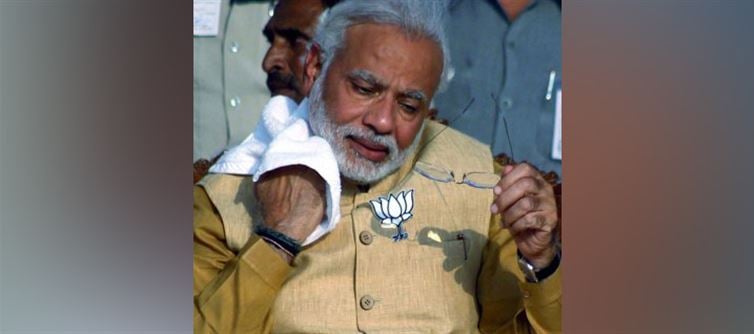
Unlike several developed countries where both pure petrol (E0) and blended variants are available, indian consumers have no such option at the pump. This lack of autonomy has triggered a debate, especially as motorists report reduced mileage and potential engine strain—issues that particularly affect vehicles manufactured before 2023, many of which aren't optimized for high ethanol content.
Another critical question centers on pricing fairness. While ethanol is significantly cheaper than petrol—costing around ₹58 per litre at the ex-mill level—there has been no proportional price reduction at the consumer end. petrol today costs approximately ₹95 per litre in Delhi, up from ₹73 per litre in 2014 when blending levels were low. Despite the government's claim of saving ₹1.36 lakh crore in foreign exchange by reducing fossil fuel imports, those savings have not translated into relief for the average citizen. Instead, the benefits seem to favor macroeconomic indicators while burdening individual consumers with higher fuel bills and lower mileage.
The government touts ethanol blending as a win-win for the environment and economy, citing reduced carbon emissions and lower dependence on imported oil. However, critics argue that the mileage drop of 6–7% (and up to 15% in some real-world conditions) nullifies much of the claimed fuel savings. Additionally, the long-term impact on older engines raises concerns about maintenance costs and vehicle lifespan. The silence from policymakers on these consumer-centric issues is increasingly viewed as evasive. Citizens are now demanding accountability and clarity—not just in terms of environmental goals or forex benefits, but also in practical terms of choice, pricing, and performance impact.




 click and follow Indiaherald WhatsApp channel
click and follow Indiaherald WhatsApp channel